Vietnam: What are the unequal treaties concluded by the Nguyen Dynasty with France? What are the regulations on periodic assessment for 12th-grade students?
What are the unequal treaties concluded by the Nguyen Dynasty with France?
In June 1862, the Nguyen Dynasty concluded the Nham Tuat Treaty with France, officially acknowledging the colonial rule of France over the three provinces of Eastern Southern Vietnam. However, this was merely the first unequal treaty concluded by the Nguyen Dynasty with France.
The unequal treaties concluded by the Nguyen Dynasty with France include:
1. Nham Tuat Treaty of 1862:
- The Hue court ceded the three eastern provinces of Southern Vietnam (Bien Hoa, Gia Dinh, Dinh Tuong) and Con Lon Island to France. Opened three ports (Da Nang, Ba Lat, Quang Yen) for French trade. Allowed French and Spanish individuals to freely propagate Catholicism and lifted the ban on the religion. Compensated France with a war indemnity equivalent to 2.88 million silver taels.
- The Nham Tuat Treaty was the first unequal treaty the Nguyen Dynasty conclued with France.
2. Giap Tuat Treaty of 1874:
- The Hue court recognized that the six provinces of Southern Vietnam entirely belonged to France. France withdrew troops from Northern Vietnam but the court had to open up for free French trade and missionary activities.
- The Giap Tuat Treaty officially acknowledged the loss of all of Southern Vietnam, severely weakening national sovereignty and resulting in dependency on France in diplomatic and trade matters.
3. Harmand Treaty (also known as the Quy Mui Treaty, 1883):
- The Hue court acknowledged French protection in Northern and Central Vietnam. Detached Binh Thuan province from Central Vietnam to be included in French Southern Vietnam. The court could only manage Central Vietnam with the approval of the French Resident-Superior in Hue. All foreign affairs were controlled by France.
- This treaty deprived the Hue court of autonomy, rendering it a puppet under French control, and eliminated its domestic and foreign governance capabilities.
4. Patenotre Treaty of 1884:
- Further reinforced French protection rights, with more detailed terms on French control in Vietnam. The Hue court had to accept the presence of French public employees in internal affairs.
- This treaty continued to affirm the loss of sovereignty of the Hue court, which had to endure strict supervision and control from France.
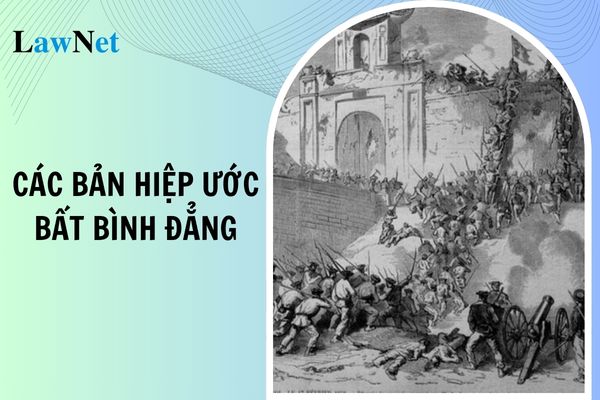
What are the unequal treaties concluded by the Nguyen Dynasty with France? What are the regulations on periodic assessment for 12th-grade students? (Image from the Internet)
What are the regulations on periodic assessment for 12th-grade students in Vietnam?
Under Clause 1, Article 7, Circular 22/2021/TT-BGDDT on periodic assessment (does not apply to learning topics) consists of mid-semester assessment and end term assessment and is implemented via: examination (on test paper or on computer), practice exercises, or learning projects.
- Time of examination (on test paper or on computer) of subjects (excluding learning topics) with up to 70 periods/school year is 45 minutes; time of examination (on test paper or on computer) of subjects (excluding learning topics with more than 70 periods/school year is from 60 minutes to 90 minutes or up to 120 minutes for specialized subjects.
- For examination (on test paper or on computer) where assessment is made via scores, exam questions are developed based on exam mechanisms and characteristics in a manner that satisfies requirements of the subjects under formal education program.
- For examination (on test paper or on computer) where assessment is conducted via feedback, practice exercises, or learning projects, provide instructions and assessment criteria based on requirements of subjects under formal education program prior to implementation.
What is the basis and organization of assessing the learning results of 12th-grade students in Vietnam?
According to Clause 1, Article 8, Circular 22/2021/TT-BGDDT, the basis and organization of assessing learning results of 12th-grade students in Vietnam is as follows:
- Assess training results of students based on requirements for traits and general capacity by subjects and education level under general programs and requirements for specific capacity under subject program in formal education program.
- Subject teachers shall provide feedback and assess training results, improvement, advantages, and disadvantages of students during training and learning process of the subjects.
- Class advisors shall rely on Point a of this Clause to monitor training and learning process of students; consult feedback and assessment of subject teachers and feedback of students’ parents, relevant, agencies, organizations, and individuals in educating students; instruct students on how to perform self-assessment; provide feedback and assess training results of students based on categories under Clause 2 of Article 8 of Circular 22/2021/TT-BGDDT.
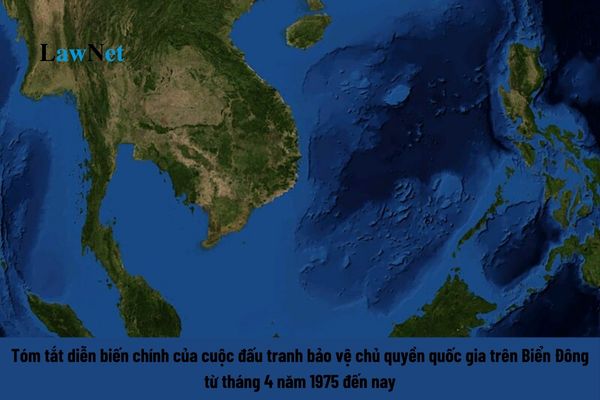
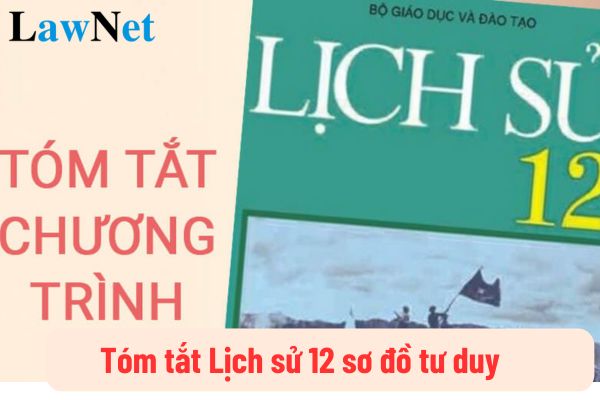
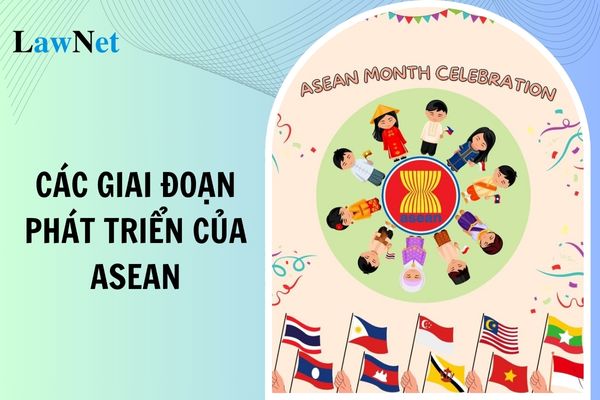

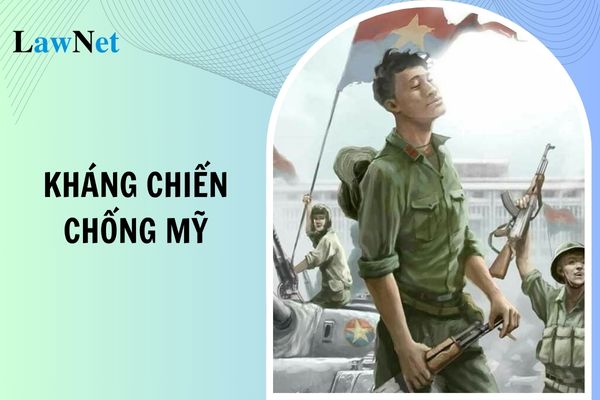
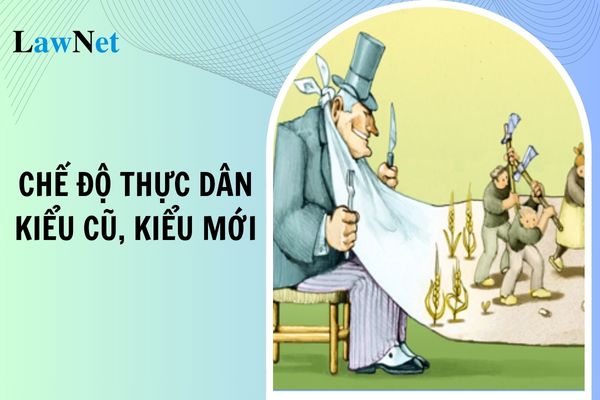
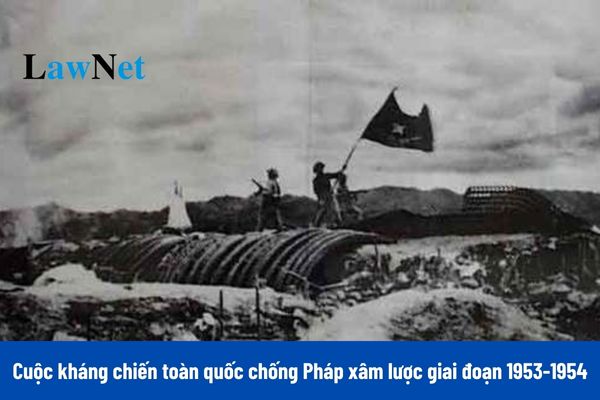
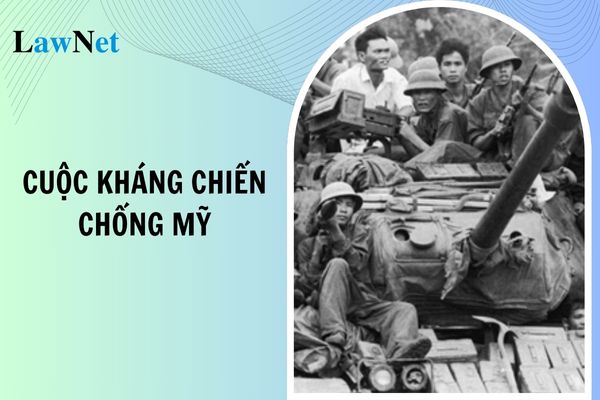
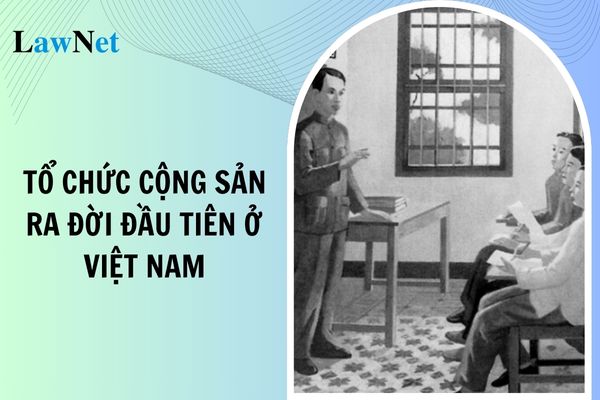
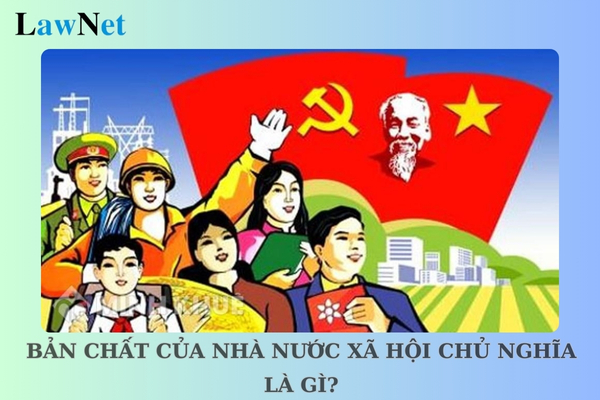
- Directive on National Resistance when Established? What Grade Level is 9th Grade?
- Vietnam: What is the overview of industrial revolutions over periods in the 10th-grade History curriculum? What knowledge about industrial revolutions do 10th-grade students learn?
- What is the Plan for organizing professional training for English teachers in Ho Chi Minh City about?
- Vietnam: What are the sample outlines of a social argumentative essay on kindness for 9th-grade students? What are the kindness qualities required for 9th-grade students?
- Vietnam: What are the sample argumentative essays on respecting people's differences for 11th-grade students? What are the conditions for 11th-grade students to be eligible for grade advancement?
- Are students pursuing dance in Vietnam eligible for tuition reduction?
- What are the standards for facilities of a Center for Continuing Education and Vocational Education in Vietnam?
- What are the conditions for a foreign educational institution to establish a representative office in Vietnam?
- What is the term of office of the principal of an intermediate school in Vietnam?
- What are the eligibility criteria for applying to an upper-secondary boarding ethnic school in Vietnam?

